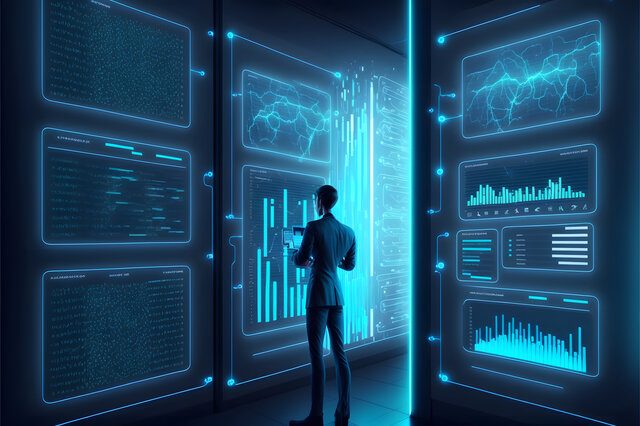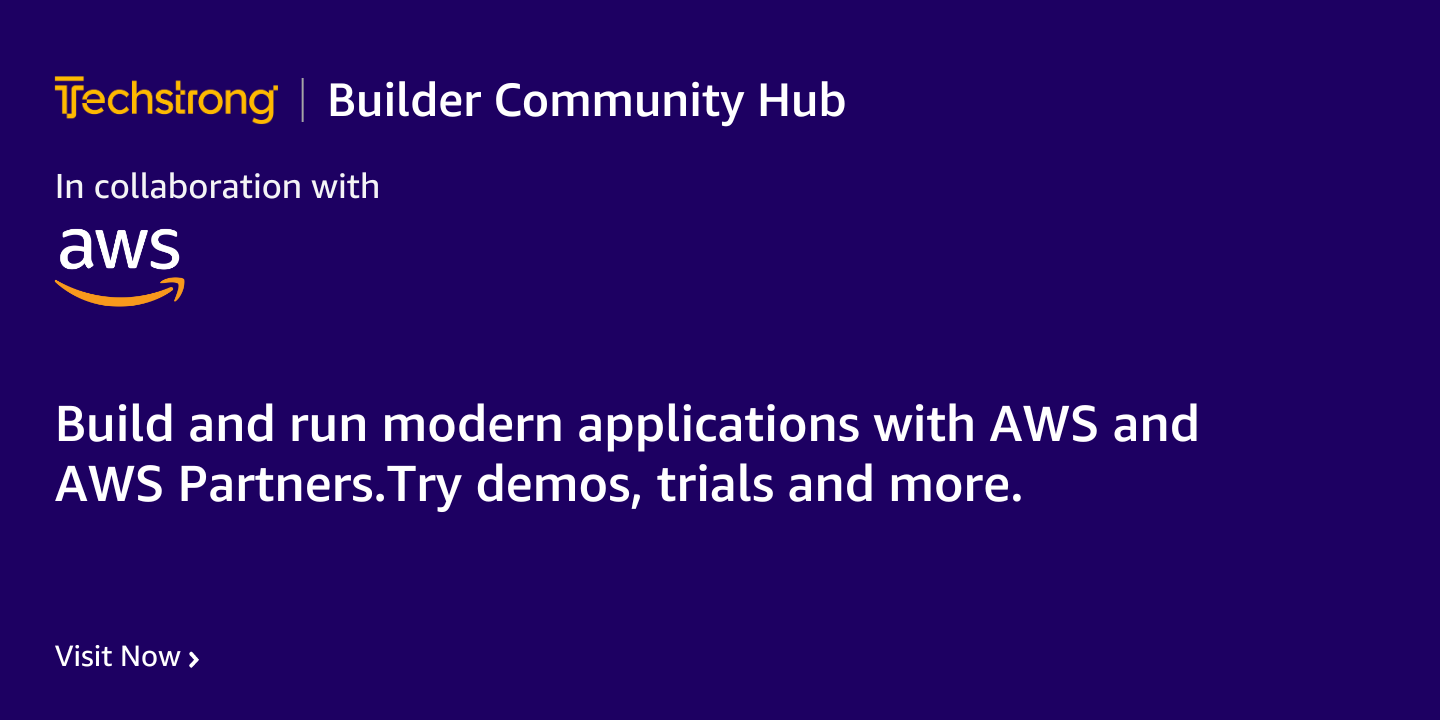The Future of Data Analytics: 9 Emerging Trends and Technologies to Watch Out
In the rapidly evolving digital age, data has become the new currency, and organizations are harnessing its power to gain valuable insights and make informed decisions. Data analytics has played a pivotal role in transforming businesses, industries, and even societies, and its potential is only growing with time.
As we look towards the future, several emerging trends and technologies are shaping the field of data analytics.

Here are top 9 Data Analytics Emerging trends and technologies to watch out:
1. Artificial Intelligence (AI) and Machine Learning (ML)
These technologies enable systems to learn and adapt from data without explicit programming. AI algorithms can automate complex analytical tasks, identify patterns, and make predictions based on historical data. ML models can handle vast datasets and extract valuable insights, leading to more accurate predictions and faster decision-making processes. For example, companies like Netflix and Amazon use ML algorithms to provide personalized recommendations based on user behavior, leading to improved customer satisfaction and increased sales.
Technologies: Deep Learning, Neural Networks, TensorFlow, PyTorch, Scikit-learn.
2. Data Visualization and Storytelling:
The ability to communicate insights effectively is crucial for data analytics to drive impactful decision-making. Data visualization tools are continually evolving to present data in more immersive and interactive ways. Storytelling through data allows analysts to convey complex information in a compelling manner, facilitating better understanding and action.
3. Natural Language Processing (NLP)
NLP is a branch of AI that focuses on the interaction between computers and human language. It enables machines to understand, interpret, and generate human language, which is crucial for data analytics. NLP techniques allow organizations to extract insights from unstructured data, such as social media posts, customer reviews, and support tickets. Sentiment analysis, text classification, and language translation are some examples of how NLP enhances data analytics capabilities. For instance, companies like Airbnb and TripAdvisor use NLP to analyze customer reviews and feedback, enabling them to identify trends, improve services, and enhance customer experiences.
Technologies: Natural Language Toolkit (NLTK), spaCy, Gensim, BERT.
4. Data Privacy and Ethics:
As data analytics becomes more prevalent, ensuring data privacy and adhering to ethical guidelines becomes paramount. Data breaches and privacy scandals have increased scrutiny on data usage, prompting the need for stricter regulations and responsible data management practices. The future of data analytics will likely see increased emphasis on privacy-preserving techniques and ethical AI to maintain trust between organizations and their customers.
5. Edge Computing
It brings data processing closer to the source, reducing latency and improving real-time analytics. As the Internet of Things (IoT) continues to expand, generating vast amounts of data from sensors and devices, edge computing becomes essential. By analyzing data at the edge, organizations can make faster decisions, reduce bandwidth costs, and enhance data privacy. Edge analytics will play a vital role in industries such as manufacturing, healthcare, and autonomous vehicles. For example, in the manufacturing industry, edge analytics can analyze sensor data in real-time to identify anomalies and optimize production processes, leading to improved efficiency and reduced downtime.
Technologies: Apache Kafka, Apache NiFi, Microsoft Azure IoT Edge, AWS Greengrass.
6. Multi-Cloud Data Management:
As the volume of data grows exponentially, organizations are turning to multi-cloud data management solutions to store, process, and analyze data across various cloud platforms seamlessly. Multi-cloud strategies offer flexibility, scalability, and redundancy, ensuring data availability and resilience.
7. Augmented Analytics
Augmented analytics combines AI, ML, and natural language processing to automate data preparation, insight discovery, and visualization. It enables business users to explore data and gain insights without requiring in-depth technical expertise. By leveraging automated algorithms and intelligent suggestions, augmented analytics empowers users to ask complex questions and receive instant answers. This technology democratizes data analytics, enabling organizations to make data-driven decisions at all levels. For instance, platforms like Tableau and Power BI leverage augmented analytics to provide intuitive interfaces, automated recommendations, and smart visualizations, empowering users to make data-driven decisions.
Technologies: Automated Machine Learning (AutoML), Natural Language Query, Data Analytics & Visualization Tools.
8. Graph Analytics:
Graph analytics is gaining attention as a powerful method for analyzing complex relationships between data points. Graph databases and algorithms enable businesses to uncover hidden patterns, detect fraud, optimize supply chains, and personalize customer experiences. As the complexity of data grows, graph analytics will play a vital role in extracting meaningful insights from interconnected datasets.
9. Quantum Computing
Although still in its early stages, quantum computing holds great promise for data analytics. Quantum computers leverage quantum bits (qubits) to perform computations that traditional computers cannot. These systems have the potential to solve complex optimization problems, improve data encryption techniques, and accelerate machine learning algorithms. Quantum computing could revolutionize data analytics by providing faster processing capabilities, enabling more complex analyses and simulations. For example, D-Wave Systems, a quantum computing company, has collaborated with organizations like Volkswagen to optimize traffic flow and logistics using quantum computing algorithms.
Technologies: D-Wave Quantum Computers, IBM Quantum, Microsoft Quantum Development Kit.
Application of Data Analytics: A Real World Scenario
Let’s understand a real-world scenario on where this data analytics is applied / helpful before we jump onto the jargon on how this is the next big thing that will change the world and why this is an emerging trend to watch out for,
Rewind to the 1990’s pizzeria, how do we place an order? Pickup the phone and dial them to place an order for your favorite pizza and that is it, we get it delivered in 30 mins to 1 hour. Not much data is involved when you look at it from a pizza shop owner’s perspective.
The orders grew from 20 per day to 50 per day, now there are a lot of orders to manage and a pattern to look out for, eg. who are my regular customers, what do they order, when do they order – This gives analytics on what kind of offers to roll out for a customer and how do I be prepared with my inventory and delivery channel to stay on top of the orders. Again, not a big fuzz, all this can be managed by a couple of shift managers and the business goes on.
The internet boom happens, people now want to order pizza online, and 50 calls per day grew to 500 orders online per day – Now this becomes unimaginable to handle all the data points manually and if not analyzed and improvised properly, the competition will take over!
In conclusion, the future of data analytics promises to be both exciting and transformative. With the convergence of AI, machine learning, edge computing, and other emerging technologies, data analytics will continue to evolve, enabling businesses to make data-driven decisions and uncover insights that were previously hidden. However, as the landscape advances, the importance of responsible data usage, privacy protection, and ethical AI will remain key considerations in creating a sustainable and beneficial data-driven future.
The post The Future of Data Analytics: 9 Emerging Trends and Technologies to Watch Out appeared first on ISHIR | Software Development India.
*** This is a Security Bloggers Network syndicated blog from ISHIR | Software Development India authored by ISHIR | Software Development India. Read the original post at: https://www.ishir.com/blog/90587/the-future-of-data-analytics-9-emerging-trends-and-technologies-to-watch-out.htm


